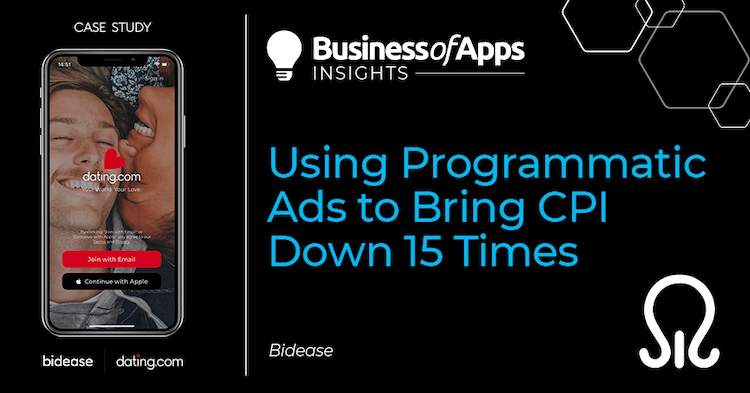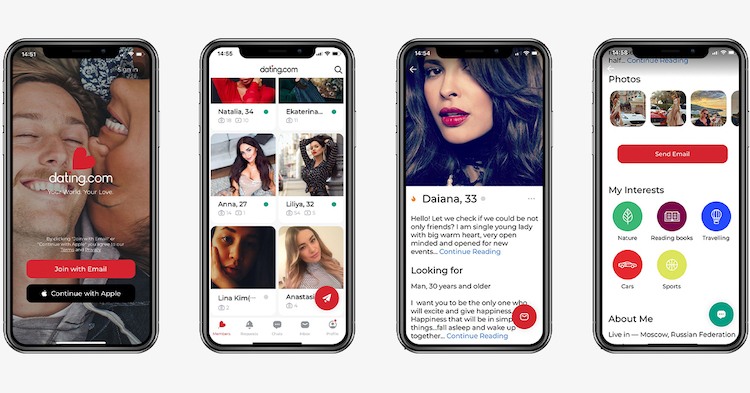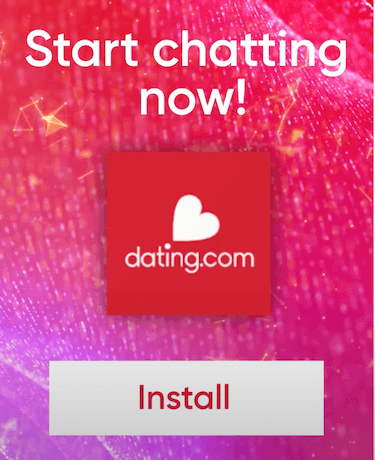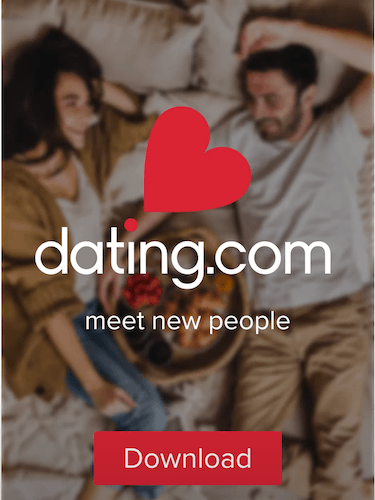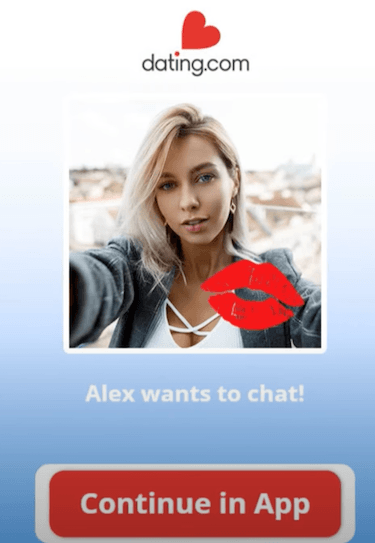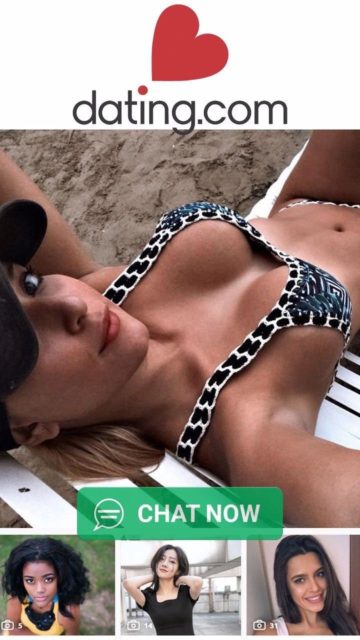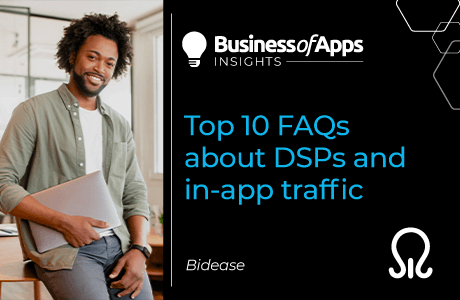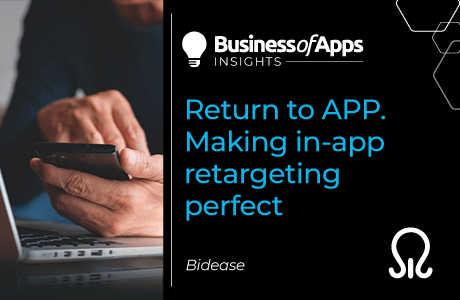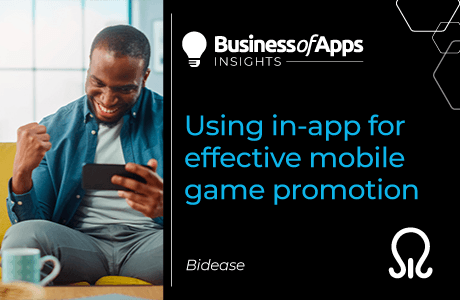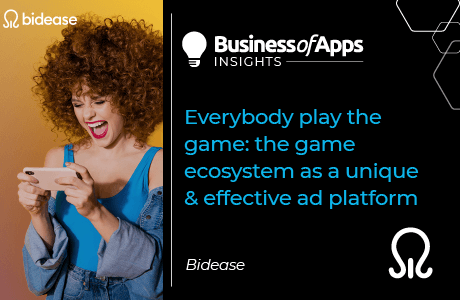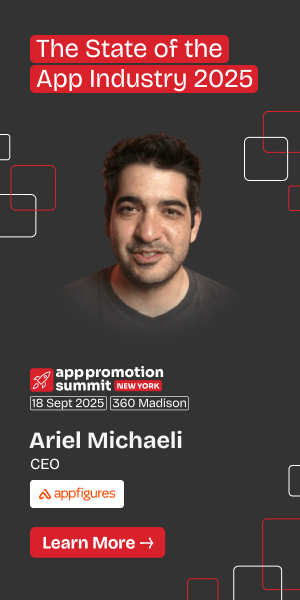How do you promote an app if you are a famous dating service with a huge and loyal audience? Where do you find new users – not just someone, but those who will keep using the app actively? Most importantly, why do you even need it when pandemic has made everyone stay at home, thus fuelling the interest in online dating?
In this case study, we will tell you why being prepared to experiment with unconventional traffic sources will definitely do you good, how to make good use of in-app inventory and how the DSP learning period affects marketing budget optimization.
Introduction
Dating.com team released their app in 2015, and the company it belongs to has been in the dating market since 1993. The app combines the features of a dating service with those of a social network, offering its users to dive into the world of social discovery.
The app is represented in over 32 countries, with its core user base located in the US, Canada, Latin America, and Europe. According to Mobbo analytical service, in early November 2020, Dating.com had a monthly audience of 1,117,166 among Android users alone.
The basic version is free and offers limited functionality, but there is also an advanced version with a number of in-app purchases for a more exciting user experience. App has a lot of cool features, which shows that it was developed by a strong team with a profound understanding of all industry nuances.
Objective
Bidease’s key objective is attracting users to the app. Here everything is clear. The most interesting and challenging about this task is the three-step traffic optimization based on:
- CPI;
- Cost Per Registration (completed registration);
- In-app Purchases. This step has not been implemented at the moment of preparing this Case Study
In other words, the traffic quality has to be very high.
GEO: USA
Platform: Android
Sources: Bidease
Your playbook for the new app ecosystem [webinar]
The app stores have been cracked open. Savvy teams are already capitalizing by implementing App2Web and Web2App strategies. Join Paddle’s Lucas Lovell to discover smarter billing tactics.
Register nowTracker: AppsFlyer
Cooperation term: May 2020 – present
In early March 2020, the online dating market experienced a huge increase in user attention. A series of lockdowns all over the world got us all sitting at home in a blink of an eye, thus switching courting and flirting into a stay-home mode.
On the one hand, it was good for organic traffic growth, but on the other hand, the effect was short-lived, since there was no understanding when the digital acquaintance would lead to a face-to-face meeting, besides, many people had a drop in their income.
Given this user behavior pattern, our client decided to look for alternative user acquisition sources, finding new opportunities for growing their audience in the in-app inventory.
Where we started
The trick is in working step-by-step and scrupulous data analysis. We started with launching ad campaigns without looking at the client’s KPI, introducing the necessary indicators as we collected respective data.
It is important to understand that preparing for the campaign and AI learning period are essential for programmatic, but also demand time, patience, and budget.
#1 Target audience and where to find it
It is a long-known fact, but still.
Every ad campaign must start with analyzing your target audience, so that was what we did.
Core Dating.com users are people aged 18-54, however, there is no significant prevalence of a certain age group. There are people over 55, but this segment is much smaller than the other ones.
In terms of gender, men clearly have the majority, making up over 70% of the service’s audience. We sure took due notice of that, too.
As for the campaign launch as such, we chose Google AdX and Unity, the two major in-app inventory exchanges, as the main sources. Both have been consistently showing decent results for dating apps and provide high-quality traffic.
video ad example
Click on the screenshot to open the video.
Using creatives your target audience is bound to like
The next ingredient to a successful ad campaign is quality creatives that catch the user’s attention and make them more likely to perform the target action.
Due to the company policy, we could not use native photos from actual accounts (that typically get the best CTR and CR), so we used stock photos instead.
Our priority was making ad videos simple and concise. They are typically short, with bright visuals and uplifting music. They give a good idea of the app interface and show the options of interacting with the person you like straight away – send a message or start a video chat. Videos showing that a certain user is currently online and nearby have also proved to be effective.
video ad example
Click on the screenshot to open the video.
During the platform’s learning period, we tested several ad creative formats with different audience segments quite successfully. Those included full-screen static banners and fullscreen videos, playable ads, and a video+playable ad combo as an end card.
Playable ad example
Click on the screenshot to open the video.
At any rate, impressions per unique user were limited depending on audience segmentation to avoid being too annoying, the effect of which would be opposite to what we wanted.
During the test campaign, ad formats showed the following results:
- Static banners – average CTR 2.5-4%, average CR 1-3%;
- Video – average CTR 4.5-9%, average CR 3-5%;
- Playable ads – average CTR 6-11%, average CR 2-6%.
Static banner example
Source: Bidease
Knowledge is power or why run test campaigns
Our strategy was based on collecting data as diverse as we could for the predictive algorithm learning sample. For that purpose, initially, the campaigns were running without the CPI objective.
This means we took a card game lover segment and ran 100k impressions on it, then took a hyper-casual game lover segment and ran other 100k impressions, on and on until we had 1M impressions.
We selected both wide and narrow audiences – automobile fans to moms to hardcore game fans – the segments had to be as different as it gets. Time after time we experimented with combined audiences and analyzed the results.
Eventually, this approach got us the data that allowed our neural network to build the most effective lookalike targeting models, and the predictive algorithm learned to determine conversion probabilities for different user groups and make reasonable bets at auctions.
What came next was further algorithm training and improving the predictive models based on the new data, as well as focusing them on app funnel events.
Where we ended up
Test ad campaigns were held for 45 days. During that time, we held 1,500 training sessions for our AI. There were over 7,000 downloads and over 2,726 signups.
After thorough research of test campaign strengths and weaknesses, we launched the main ones.
The results came fast. During the first week alone, the picture changed drastically – CPI started to plummet and dropped 4 times compared to the last week of training. Overall, the cost per install decreased 15 times compared to the initial value back when DSP was only starting to collect data.
Daily installs skyrocketed and increased 5.9 times on average over one week of main campaigns.
We managed to attract relevant users, as the platform had been trained to show ads to the user at the moment of their maximum probable interest. This was very well reflected in Cost Per Registration, which saw a record fall of 5.3 times after the launch of programmatic campaigns.
During the first week of main campaigns, ad formats showed the following results:
- Static banners – average CTR 3-9%, average CR 3-5%;
- Video – average CTR 6-12%, average CR 6-7%;
- Playable ads – average CTR 8-15%, average CR 5-10%.
Conclusion – never skip the test period
The pandemic has made it clear to the advertisers that the industry is steadily moving towards data-driven marketing. At the same time, in-app inventory is gaining popularity as a source of traffic.
These trends obviously bear fruit, but something they most probably won’t tell you is that you should not expect quick results. You must first sow the fertile soil, that is, be patient and train the Artificial Intelligent.
Gennadii Lurie, Head of Business Development at Bidease:
This case study is a vivid example of how crucial proper programmatic platform training is for ad campaign success. Our technologies allow analyzing huge amounts of data and build neural-network-based predictive models that can quite accurately predict the probability of required results.
Alexander Kudasov, CMO Dating Group:
Many companies are currently looking to employ programmatic purchases and in-app traffic. We have had a first-hand experience with all this type of traffic has to offer.
This approach has a number of upsides, like traffic transparency and high acquisition effectiveness. There are also a number of challenges – a need to train the platform and to have a long start of the ad campaign. Initially not being really optimistic, after 3-4 weeks since the DSP campaign was over, collecting necessary data, we had a sudden change of heart, we saw unexpectedly fast growth in key metrics. As a result, we managed to scale up successfully and optimize the ad budget while attracting users who were more interested, which was exactly what we needed.



